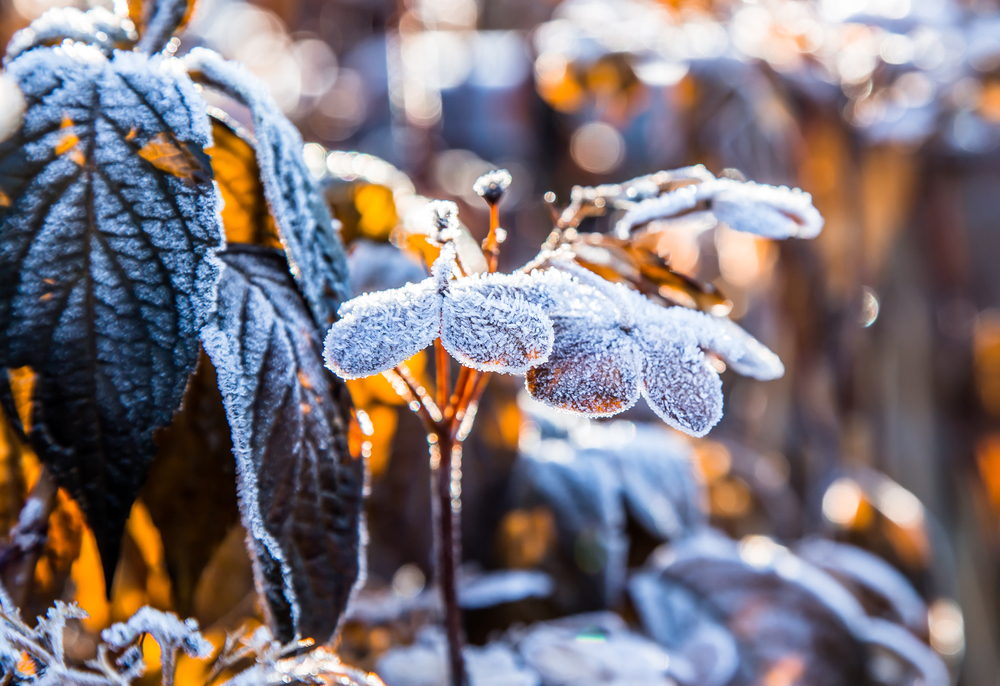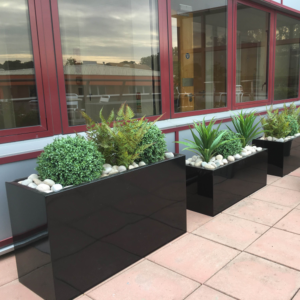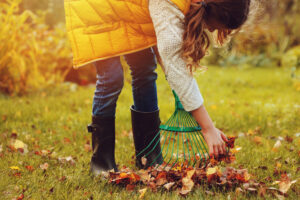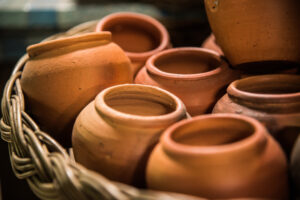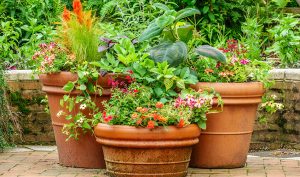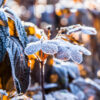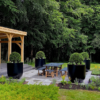For plants, the winter can be difficult due to cold temperatures, frost, and harsh winds. With the right protection, you can help your plants to survive the harshest of conditions! From using cold frames and greenhouses to insulating your plants with mulch, take a look at our top tips on how to protect your plants in the winter.
Protect Your Plants From Frost
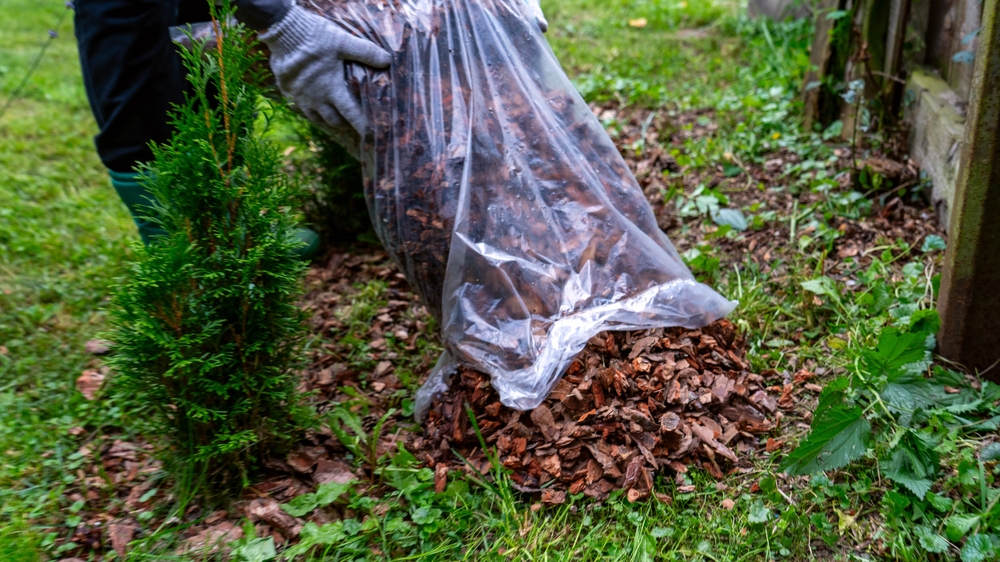
Adding mulch around your outdoor plants can act as a protective layer in cold temperatures. This helps protect the roots of the plants from frost. Remember to remove the mulch around your plants once they are less likely to be affected by frost. We recommend using organic mulch as this is more likely to decompose over time.
Another way to protect your plants from frost is to cover them up with a plant fleece cover. Covers are available in a range of sizes and should be laid over your plants to protect them from colder temperatures. You can even use a cloche to protect your plants from hail and heavy rain damage.
A top tip to remember is to knock off snow before it has the chance to freeze especially on larger shrubs and hedges.
Bring Plants Indoors
Keep an eye on the weather forecast for sudden drops in temperature, especially when a frost warning is issued. This will be a good indication as to when to bring your plants indoors.
Research which of your plants will be able to survive the colder weather and which would benefit from being brought indoors. Different plants require different growing conditions to help them flourish.
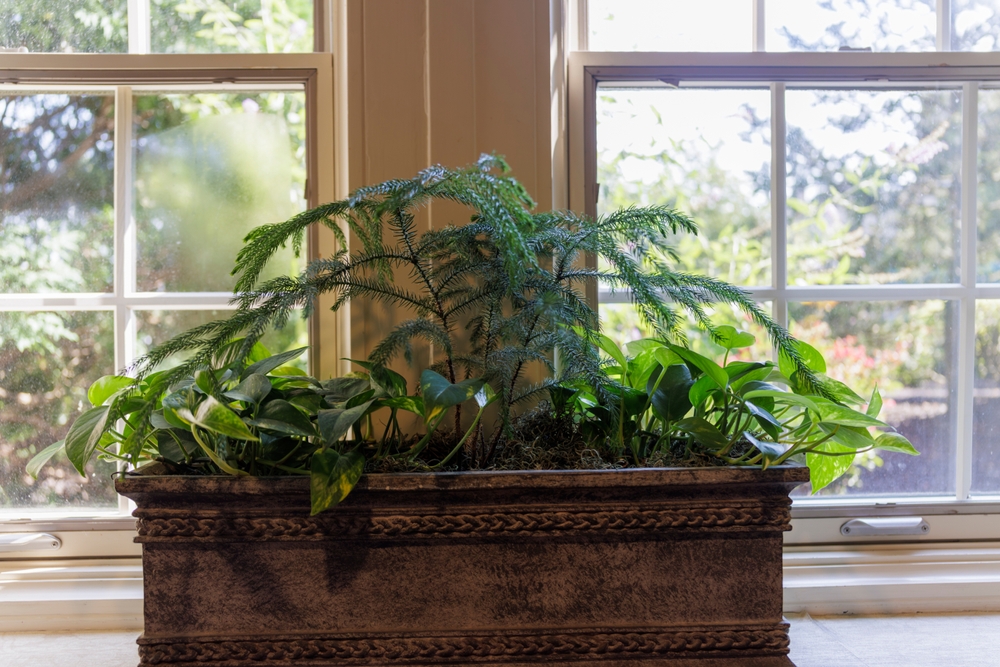
Be sure to provide your plants with enough sunlight, water, and air circulation when you bring them indoors. Somewhere bright like next to a window is an ideal spot if you don’t have a greenhouse for your plants. Consider repotting your plants in an indoor planter after you have checked your soil for any unwanted insects.
Change The Way You Water Your Plants
The way you water your plants should change in the winter! Due to more/heavy rainfall in colder winter seasons plants need watering less often than in sunnier months. Dormant plants need watering less frequently in the winter. The best way to know if your plant needs watering is to check the soil. If the soil is dry a few inches from the surface then it is time to water your plants. Consider planting your plants in high quality outdoor planters that are ideal for adverse weather conditions. Planters made from fibreglass, fibrestone and terracotta in particular are resistant to frost and are able to endure harsh weather conditions.
Use Cold Frames or Greenhouses
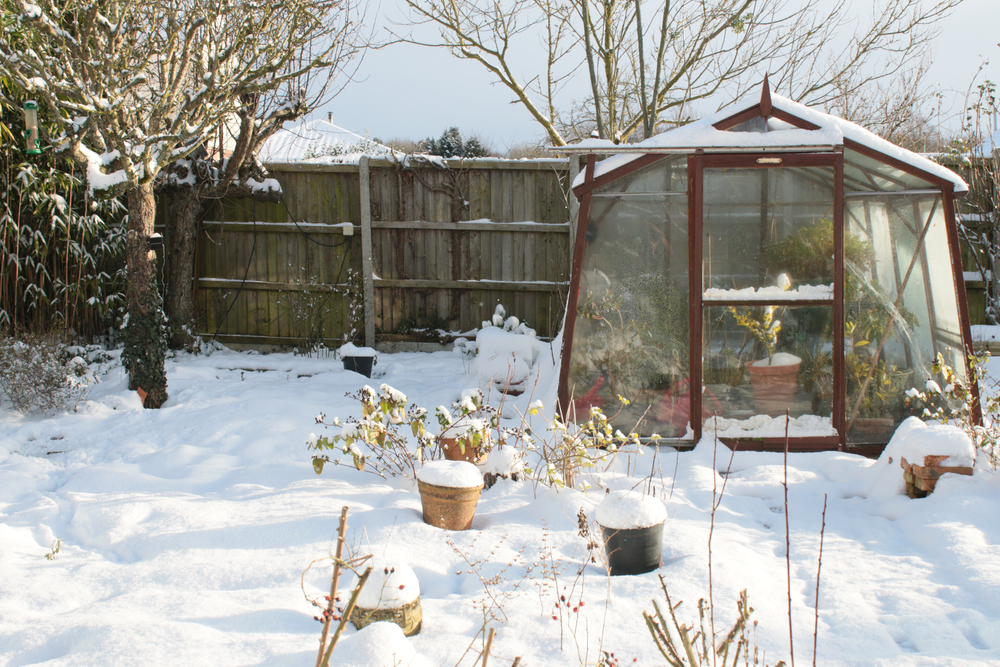
If possible, invest in a cold frame or greenhouse for your garden to protect delicate plants. These structures protect plants from the wind, snow, and cold while letting light in and create a controlled microclimate. Cold frames have many advantages including, helping you harvest vegetables in the winter, and protect your plants from the elements and they are usually inexpensive. Greenhouses can be heated to help tropical plants continue to grow in colder climates. Both options help to ensure plants survive the winter and aid in extending the growing season when temperatures drop.
Outdoor Planters From Taylor Made Planters
Here at Taylor Made Planters, we stock a range of outdoor planters including wooden, fibreglass, fibrestone, terracotta and lechuza planters. Our collection of outdoor planters are sturdy, made from durable material and is covered by a minimum 5-year warranty.
Discover our range of outdoor planters.


